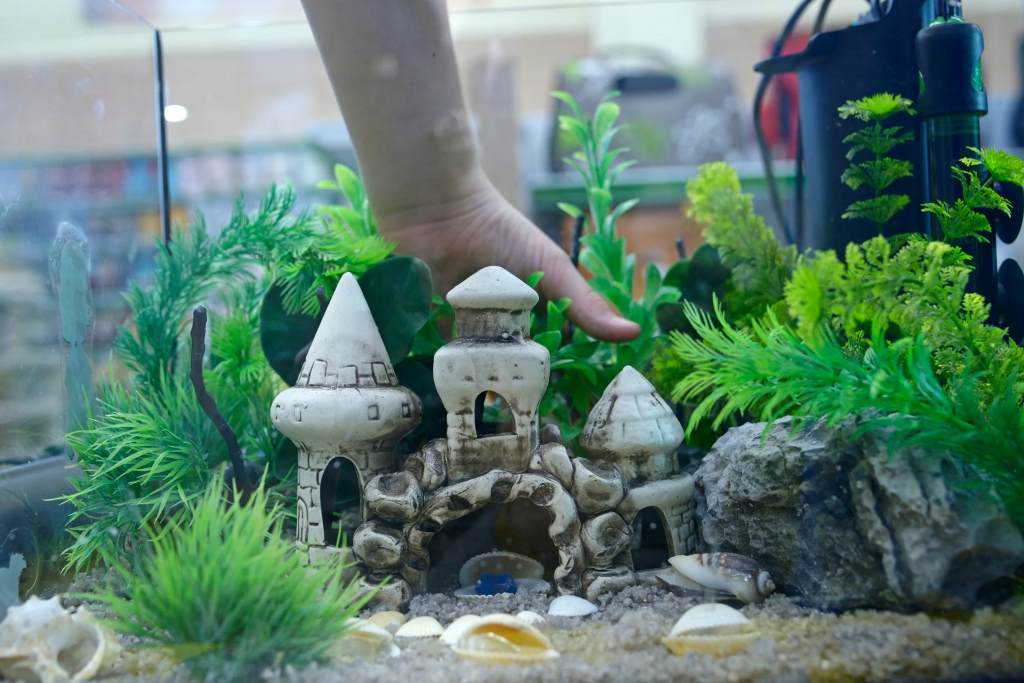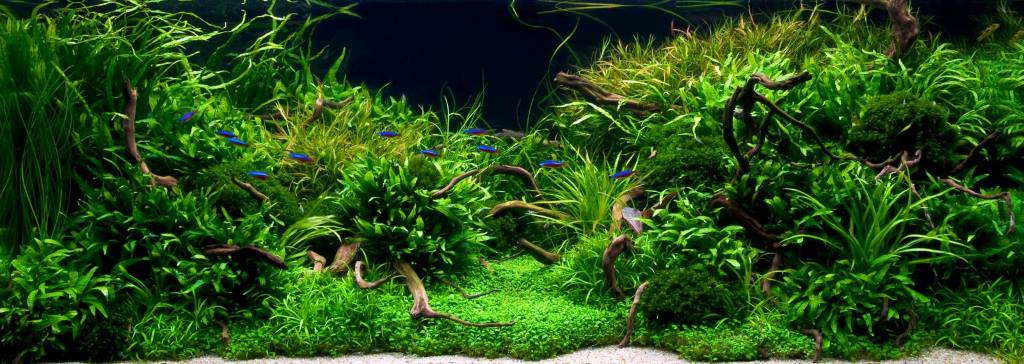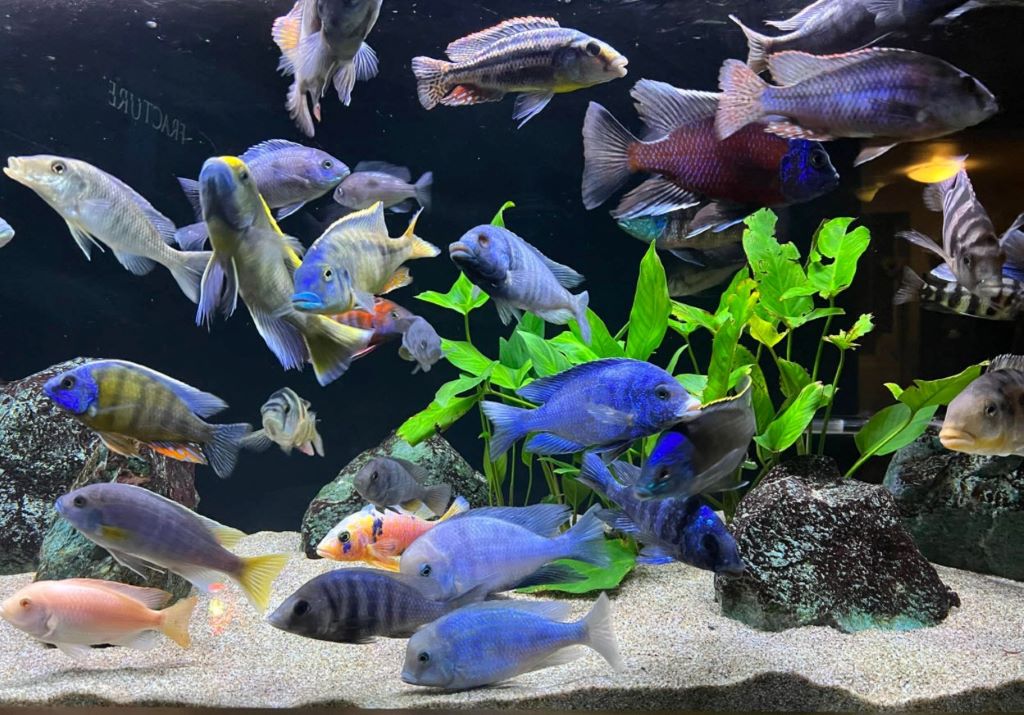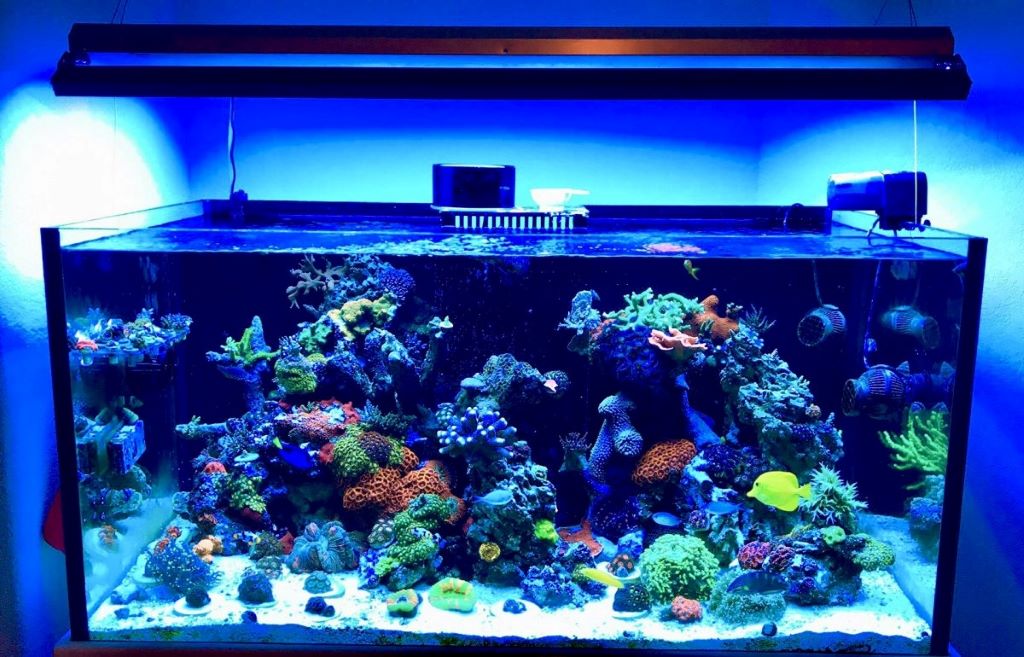Creating a visually appealing aquarium enhances the beauty of your aquatic environment, making it a stunning centerpiece in any space. However, an air stone, while essential for oxygenating water, can disrupt the aesthetic if left exposed. Hiding an air stone in an aquarium requires creativity, planning, and a focus on maintaining functionality. This guide will educate you on effective techniques, demonstrate practical steps, and fascinate you with innovative ideas to conceal air stones seamlessly. Whether you’re a beginner or an experienced aquarist, these methods will help you achieve a natural, polished look while ensuring your fish thrive. Let’s explore how to hide air stone in aquarium with style and efficiency.
Why Concealing Air Stone Enhances Aquarium Aesthetics
An air stone is vital for maintaining healthy oxygen levels, but its visible tubing and bubbles can detract from a natural underwater scene. According to a 2023 study by the University of Florida’s Aquatic Sciences Department, 78% of aquarists prioritize visual appeal when designing tanks. A hidden air stone creates a cleaner, more immersive environment, mimicking nature.
Concealing it also prevents fish from interacting with the equipment, reducing stress. Personally, I once had a tank where an exposed air stone distracted from my vibrant coral display, prompting me to experiment with hiding techniques. The result was a more harmonious setup that captivated guests. By blending functionality with aesthetics, you elevate the aquarium experience for both fish and viewers.
Choosing the Right Air Stone for Easy Concealment
Selecting an air stone that suits your tank’s design is the first step to effective concealment. Smaller, low-profile air stones are easier to hide than bulky ones. Opt for models with adjustable airflow to control bubble size, ensuring subtlety.
Consider the material and shape—ceramic or porous stones blend better than plastic ones. For instance, a flat, disc-shaped air stone can sit flush against decorations. When I upgraded my 50-gallon tank, I chose a slim ceramic air stone, which tucked neatly behind a rock formation.
Strategic Placement of Air Stone in Aquarium Layout
Placement is key to hiding an air stone effectively. Positioning it in a corner or behind decorations like rocks, driftwood, or plants minimizes visibility. Ensure the spot allows bubbles to disperse without obstructing water flow.
For example, placing the air stone near the substrate under a layer of gravel can mask its presence while maintaining function. In my 30-gallon tank, I tucked the air stone behind a faux coral structure, where bubbles appeared to rise naturally. A 2022 report from the National Oceanic and Atmospheric Administration (NOAA) notes that proper water circulation enhances fish health. Plan your layout to balance aesthetics and water quality.
Using Natural Decor to Conceal Air Stone
Natural decor like rocks, driftwood, and live plants are excellent for hiding air stones. Embedding the stone within a rock pile or wrapping it in moss creates a seamless look. Ensure the decor is aquarium-safe to avoid harming fish.
For instance, Java moss can drape over the air stone, blending it into the tank’s greenery. I once used a hollow driftwood piece to encase the tubing, with the stone nestled inside, creating a rustic effect. Secure decorations to prevent shifting, which could expose the stone. This approach not only hides the equipment but also enhances the tank’s natural appeal.

Creative Ways to Hide Air Stone with Artificial Decor
Artificial decorations, such as themed ornaments or resin caves, offer versatile concealment options. Choose items with hollows or crevices to house the air stone and tubing. For example, a sunken ship ornament can conceal the stone while adding a playful theme.
Ensure the decoration allows bubble flow without trapping air, which could disrupt circulation. In my community tank, I used a resin castle with a hidden compartment for the air stone, delighting both fish and viewers. Retailers like PetSmart offer aquarium-safe artificial decor. Experiment with creative designs to match your tank’s theme.
Camouflaging Air Stone with Aquarium Substrate
Substrate, such as gravel or sand, can effectively hide an air stone when used strategically. Bury the stone slightly in the substrate, ensuring bubbles can escape freely. Darker substrates like black sand can mask the stone’s appearance further.
However, avoid burying it too deeply, as this may clog the stone and reduce airflow. In my 20-gallon tank, I layered fine gravel over a flat air stone, creating a natural stream-like effect. Regularly check the stone for debris to maintain performance. This method is simple yet effective for a clean, polished look.
Read Also:
- Creating a Thriving Medaka Rice Fish Outdoor Tub Setup
- Nano to Full-Scale: Understanding the Spectrum of Reef Aquarium Types
- 10 Stunning Reef Aquarium Decor Ideas to Elevate Your Aquascape
Tips for Maintaining Air Stone Functionality While Hidden
Hiding an air stone should not compromise its function. Here are key tips to ensure performance:
- Check Airflow Regularly: Ensure bubbles flow consistently to maintain oxygen levels.
- Clean the Stone: Remove algae or debris monthly to prevent clogs.
- Secure Tubing: Use suction cups to keep tubing hidden and stable.
- Monitor Fish Behavior: Watch for signs of low oxygen, like gasping at the surface.
- Test Placement: Ensure bubbles don’t disrupt water flow or decorations.
These steps balance aesthetics and functionality, keeping your aquarium healthy and visually appealing.
Common Mistakes to Avoid When Hiding Air Stone
Avoid these pitfalls to ensure a successful setup:
- Blocking Airflow: Don’t cover the stone completely, as this reduces oxygenation.
- Using Unsafe Decor: Non-aquarium-safe materials can harm fish.
- Ignoring Maintenance: Hidden stones still need regular cleaning.
- Poor Placement: Avoid areas with strong currents that disrupt bubble flow.
I once buried an air stone too deeply, reducing its effectiveness and stressing my fish. Correcting this taught me the importance of balance. Avoiding these mistakes ensures a healthy, attractive aquarium.
Pros and Cons of Hiding Air Stone in Aquarium
Hiding an air stone has benefits and drawbacks:
Pros:
- Enhances tank aesthetics, creating a natural look.
- Reduces fish stress by minimizing equipment visibility.
- Encourages creative tank design.
Cons:
- May require more maintenance to ensure airflow.
- Initial setup can be time-consuming.
- Some methods may slightly reduce bubble efficiency.
Weighing these factors helps you decide the best approach for your tank’s needs.
Conclusion
Hiding an air stone in an aquarium transforms your tank into a captivating, natural display while maintaining essential oxygenation. By choosing the right air stone, using strategic placement, and incorporating natural or artificial decor, you can achieve a seamless look. Camouflaging with substrate and avoiding common mistakes further enhances the effect. These techniques not only elevate aesthetics but also create a healthier environment for your fish. Experiment with these ideas to craft a unique aquarium that fascinates viewers. Share your creative setups or questions in the comments below, or spread the word by sharing this guide!
FAQs
How can I hide air stone tubing in my aquarium?
Route tubing along tank edges or behind decorations, securing with suction cups for a discreet look.
Will hiding an air stone affect water oxygenation?
If placed correctly, a hidden air stone maintains oxygenation; ensure bubbles flow freely without obstruction.
What decorations are safe for concealing air stones?
Use aquarium-safe rocks, driftwood, plants, or resin ornaments to avoid harming fish or water quality.
How often should I clean a hidden air stone?
Clean every 4-6 weeks to remove algae or debris, ensuring consistent airflow and performance.
Can I use live plants to hide an air stone?
Yes, plants like Java moss or Anubias can cover air stones while enhancing tank aesthetics.




